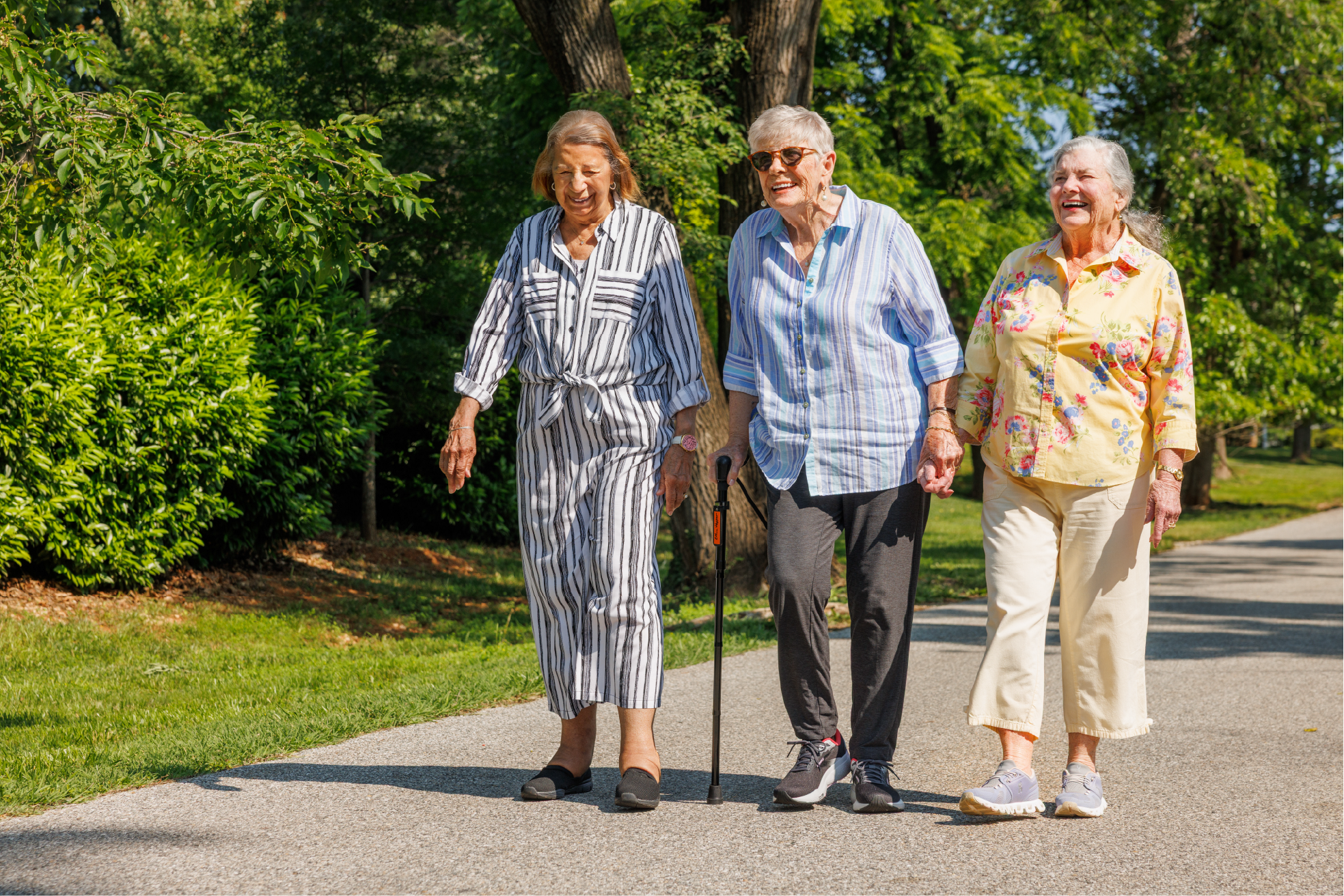The Homestead Construction Update
The Homestead Construction Update: September 2017
The Homestead construction update provided by resident and Springwell’s official historian Frank Simmonds.
Looking from the veranda, the color has changed from grass green to a shade of red. More than a month was spent leveling the ground before building of The Homestead could begin. Less exciting to see, but equally important, was the burying of pipes for drainage, water, gas, electricity and a sewer system and it seemed to be happening everywhere and going on forever. Stair and elevator towers popped up helter-skelter. Foundations for walls were dug, steel rebar reinforcement rods were laid in the excavations and covered with concrete and when dried, masons laid concrete blocks. That was our first clue of the layout of apartments in Section A.

Inside the walls the ground was compacted, covered with crushed stone, a heavy plastic sheet, and big flat steel re-bar frames, all to strengthen a concrete floor. After the floor was poured and dry, erection of the walls began. Every operation was so well choreographed! Carpenters had many sizes of pre-cut lumber they used to assemble walls flat on the floor, sort of like legos. Several men raised each completed wall and braced it in its proper position. Another wall was built, set in place, then another, and another. Outer and inner walls could now support the weight of manufactured, super strong floor joints called I-beams. After I-beams were placed, plywood was laid and carpenters had a surface on which they could do interior construction. As the building grew taller with additional floors, patches of red colored panels appeared on the exterior. The panels, manufactured of wood chips glued together, are very strong and durable, 5/8 inch thick used for siding and flooring. They are waterproof and breeze proof, and to make them more so, black adhesive strips cover every exterior seam.

The Homestead, four floors high, needed a roof and a very tall crane came to the rescue. It lifted prefabricated roof rafters to carpenters waiting to nail them in place and one after another, the rafters turned into a ridged roof about 145 feet long, the width of four apartments. The rafters were covered with 5/8 inch ply-wood. Three more ridged roofs each about 50 feet wide were built on top of the first roof but turned 90 degrees. The roofs on a roof, can easily be seen from the veranda and the Overlook Sunroom. The entire roof was covered with heavy felt waterproof roofing material, stapled in place, ready to be covered with shingles to match those on the Carriage House.

The Section A apartment building has many openings in its sides; the square ones are for windows, the taller slender ones are for doors. Where you see door openings, some day there will be patios or balconies below them. Construction of Section B is underway. The Homestead entrance, lounge, offices, recreation rooms, apartments, and utility rooms will be housed within. Steel beams have been erected and several walls have been assembled and set up-right. With its unique construction, this project should be very interesting to watch.
Photos courtesy of Ernie Imhoff.
Learn More
About Springwell
If you would like more information about Independent Living at Springwell, including how to schedule a tour or view a residence, please contact us today!


.svg)
.svg)
.webp)
.webp)


